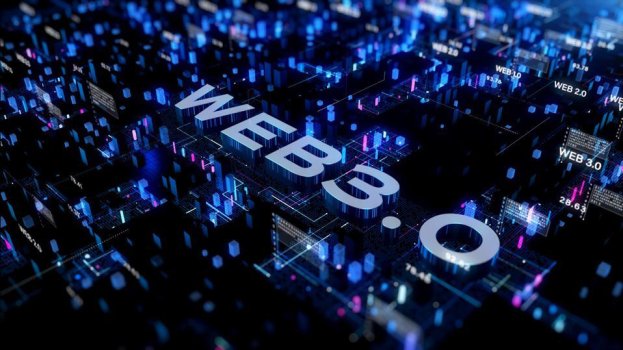The term Web3 covers a number of trends that make up what is sometimes called the "decentralized internet." The vision here is to create an internet that isn’t controlled by huge corporations like Google and Facebook that set most of the rules about what we can and can’t do online today.
The idea behind web3 is that technologies like blockchain, cryptocurrencies, non-fungible tokens (NFTs), and decentralized autonomous organizations (DAOs) give us the tools we need to create online spaces that we truly own, and even to implement digital democracies.
Why web3? Well, to cover the history of the web briefly – web1 was the original iteration of the world wide web, which was mostly a read-only affair made up of static websites. Web2 (or web 2.0 as it was more commonly called) refers to the user-generated web that came about with the arrival of social media sites like MySpace and, eventually, Facebook, which brings us to web3 – the decentralized web!
The idea is not without its critics, however, as there are concerns that, in reality, it may simply mean a transfer of power from one group of technocrats to another. Others have highlighted the large amount of electricity that often needs to be consumed in order to run technologies such as blockchain that make decentralization possible. These are certainly challenges that need to be addressed before the concept will achieve the societal buy-in that will be needed for it to live up to its potential. In 2023, we may see progress towards this or further rejection of the whole thing as a bad idea. So here's a look at some of the trends that will influence the future of web3 in 2023.
Continue reading: https://www.forbes.com/sites/bernardmarr/2022/10/18/the-top-five-web3-trends-in-2023/?sh=10baaad6b3f2
The idea behind web3 is that technologies like blockchain, cryptocurrencies, non-fungible tokens (NFTs), and decentralized autonomous organizations (DAOs) give us the tools we need to create online spaces that we truly own, and even to implement digital democracies.
Why web3? Well, to cover the history of the web briefly – web1 was the original iteration of the world wide web, which was mostly a read-only affair made up of static websites. Web2 (or web 2.0 as it was more commonly called) refers to the user-generated web that came about with the arrival of social media sites like MySpace and, eventually, Facebook, which brings us to web3 – the decentralized web!
The idea is not without its critics, however, as there are concerns that, in reality, it may simply mean a transfer of power from one group of technocrats to another. Others have highlighted the large amount of electricity that often needs to be consumed in order to run technologies such as blockchain that make decentralization possible. These are certainly challenges that need to be addressed before the concept will achieve the societal buy-in that will be needed for it to live up to its potential. In 2023, we may see progress towards this or further rejection of the whole thing as a bad idea. So here's a look at some of the trends that will influence the future of web3 in 2023.
Continue reading: https://www.forbes.com/sites/bernardmarr/2022/10/18/the-top-five-web3-trends-in-2023/?sh=10baaad6b3f2

